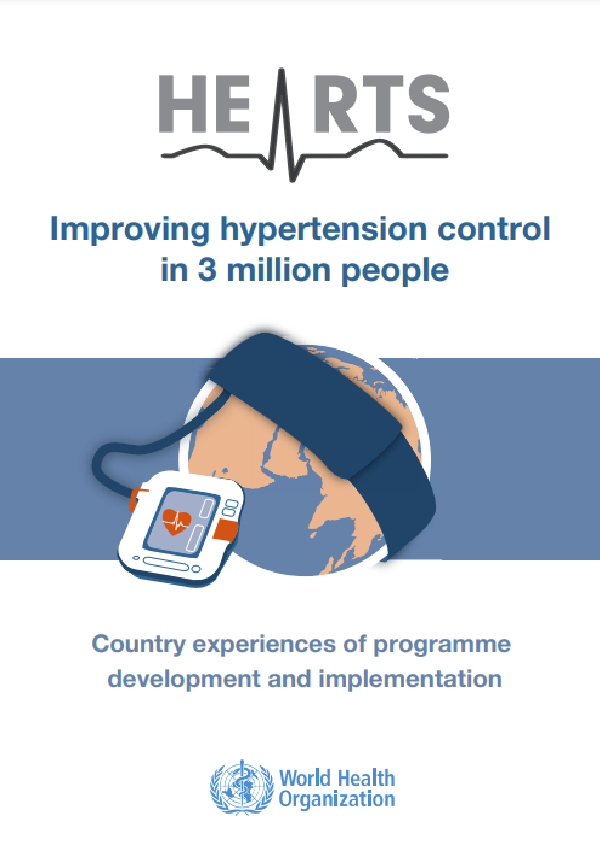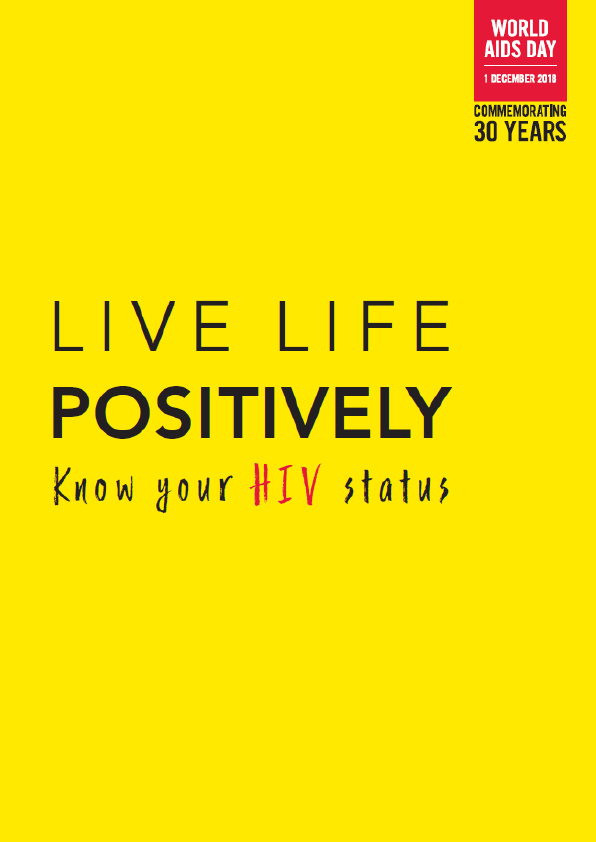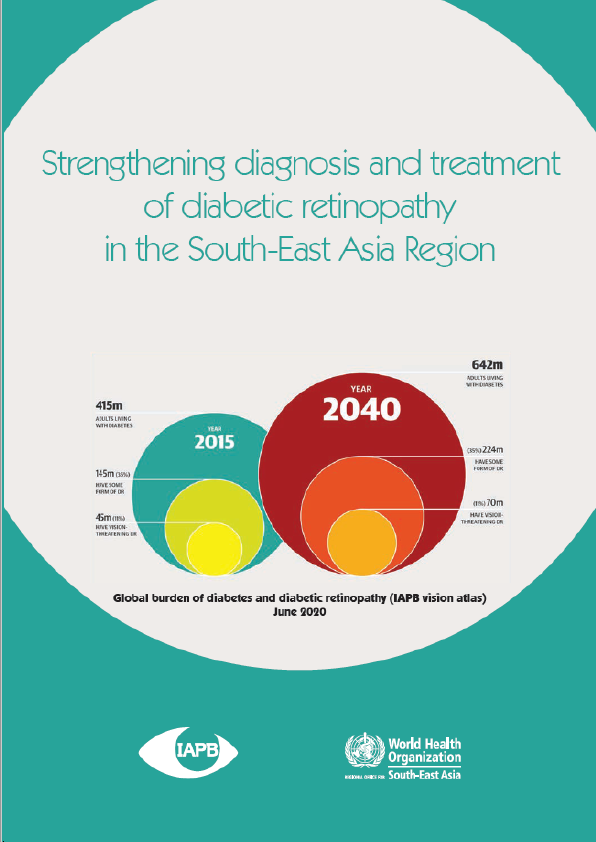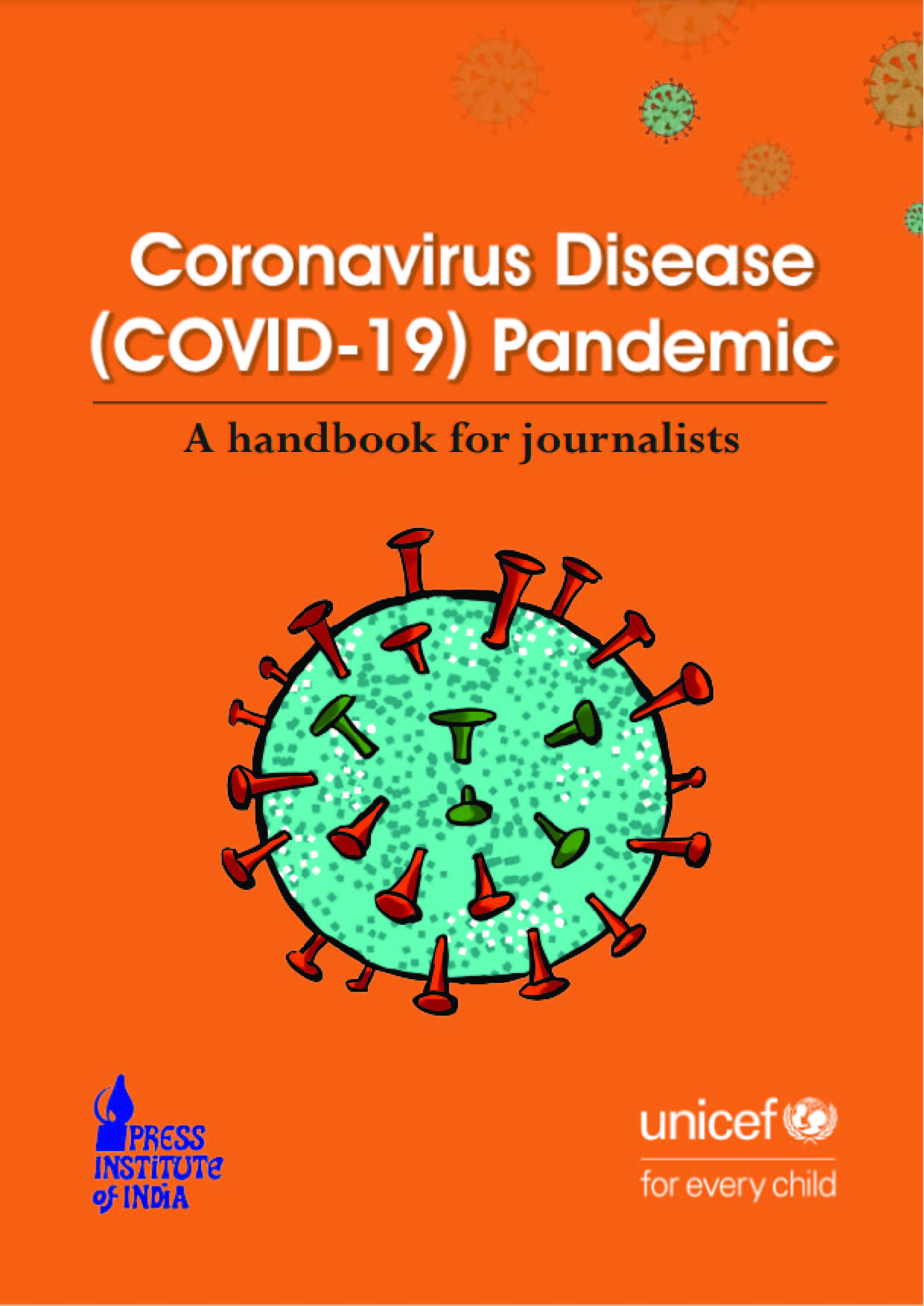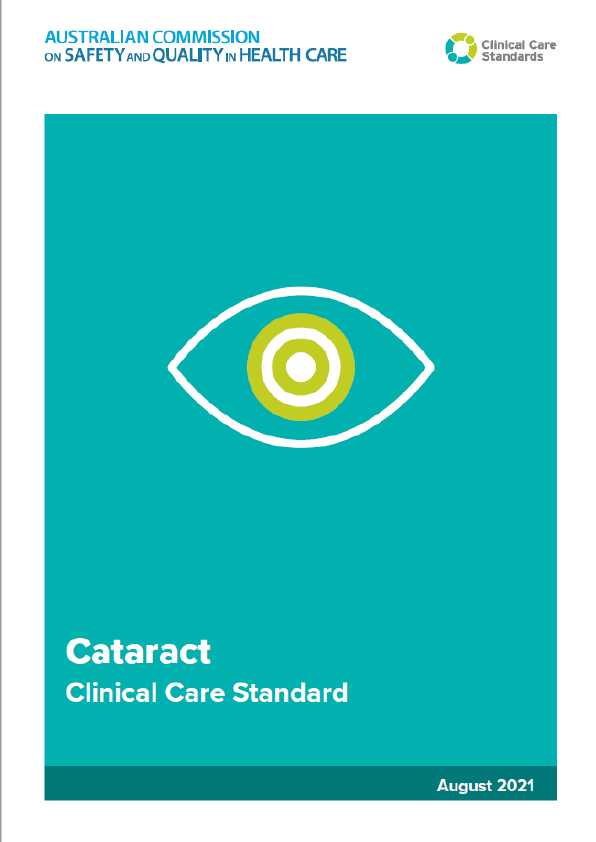The WHO, Resolve to Save Lives – an initiative of Vital Strategies – and other partners are working with national and subnational governments to support their work to improve the control of hypertension using the WHO HEARTS technical package. One of the main strategies is implementing the HEARTS technical package, which provides proven, affordable and scalable solutions to improve control of hypertension at the primary care level. Five components are necessary for a successful hypertension control programme: drug- and dose-specific treatment protocols; access to quality-assured medications and blood pressure monitors; team-based care; patient-centred care delivered in the community, and information systems to enable quality improvement. This case series brings out the programmatic experience of protocol-based treatment of more than 3 million persons from 18 countries around the world over a remarkably short period. The wide variety of countries represented indicates the feasibility of the programme in different settings.
An estimated 1.13 billion people globally have hypertension, of whom two-thirds are living in low- and middle-income countries. The World Health Organization (WHO) Global Hearts Initiative supports governments to strengthen prevention and control of cardiovascular diseases (CVDs) with high-impact and evidence-based interventions through five technical packages. The MPOWER package focuses on tobacco control, the ACTIVE package on increasing physical activity, the SHAKE package on salt reduction, and the REPLACE package on elimination of industrially produced trans fats from the global food supply. On the management side, the HEARTS technical package is aimed at strengthening the management of CVDs in primary health care. Details of HEARTS modules and other resources are provided in Annex.
The WHO, Resolve to Save Lives (RESOLVE) – an initiative of Vital Strategies – and other partners are working with national and subnational governments to support their work to improve the control of hypertension (HTN) using the HEARTS technical package. The aim of the partnership is to prevent millions of deaths from CVD by reducing salt consumption, eliminating industrially produced trans fats, and controlling hypertension. One of the main strategies is implementing the HEARTS technical package, which provides proven, affordable and scalable solutions to improve control of hypertension at the primary care level. Five components are necessary for a successful hypertension control programme: drug- and dose-specific treatment protocols; access to quality-assured medications and blood pressure (BP) monitors; team-based care; patient-centred care delivered in the community, and information systems to enable quality improvement.
This case series aims to showcase the experience of 18 countries that have adopted the HEARTS technical package for scaling up hypertension control. Countries included are: Argentina, Chile, Colombia, Cuba, Dominican Republic, Ecuador, Ethiopia, India, Mexico, Nigeria, Panama, Peru, Philippines, Saint Lucia, Thailand, Trinidad and Tobago, Turkey and Vietnam. National and subnational ministries of health are developing and implementing programmes with the support of WHO and RESOLVE. In Latin America and the Caribbean, a programme led by the ministries of health and supported by Pan American Health Organization (PAHO) and other partners is active in 11 countries. HEARTS in the Americas has been supported technically and financially by the United States Centers for Disease Control and Prevention (CDC) and RESOLVE, along with the World Hypertension League, World Heart Federation, Inter-American Society of Cardiology, Latin-American Society of Hypertension, and several universities across the Americas.
Country case series
The country cases describe the development, implementation and status, as of June 2020, of the hypertension control programmes, based on the periodic reports and additional information provided by the focal person in each country. The information is presented using domains aligned to the elements of the HEARTS technical package.
Programme launch: This section indicates the engagement of multiple partners, led by the national ministries of health, facilitated by WHO and RESOLVE. Engaging national institutions and professional agencies is important in terms of getting their buy-in and ensuring that all parties are on board. States within India became involved through a national-level process, described separately. In PAHO countries, the HEARTS programme builds on previously successful projects and programmes to optimize resources and establish the necessary synergies to make the initiative work.
Consensus protocol: An evidence-based drug- and dose-specific protocol helps programme delivery and the procurement of medicines. A standard hypertension treatment protocol, developed though consensus workshops facilitated by the national (or subnational) ministries of health, academia, scientific societies, RESOLVE and the WHO is presented. The country cases indicates the availability of the protocol, and the full protocols for all countries are presented in Annex 2.
Service delivery: This section presents the service delivery model adopted in each country: the level of health care where services are provided, the cadre of providers and their roles, and the type of health facility enrolling people on treatment.
Medicines and technology: An uninterrupted supply of medicines and the availability of BP measuring devices are critical for the success of the programme. They are primarily provided by the national and subnational governments. The programme has raised demand above the routine level, and the section provides some indication of the additional quantities procured in some countries.
Capacity building: This section presents the methods and approaches for human resource development for hypertension control in countries. This is an ongoing activity, and having a protocol and service delivery model helps to focus on the competencies for delivering the programme. Some countries, such as India and Turkey, developed and implemented a training package suitable for multiple health workers (doctors, nurses, midwives, pharmacists), promoting multidisciplinary care.
Monitoring: This section covers patient and programme monitoring, including the reporting systems in countries. Reporting systems are essential for monitoring the programme, including the outcome of treatment. It also includes the programme review by partners, and facilitatory field visits by WHO and RESOLVE.
Programme expansion: In many countries there was an expansion of the programme involving an increase in the number of health facilities and geographical coverage. The HEARTS technical package in the Americas is expanding steadily and the projected numbers are presented in the PAHO country cases.
Number of people enrolled: The increasing number of people with hypertension enrolled from the inception of the programme up until the end of June 2020 is presented. Nigeria and Philippines have just started the programme, and hence the number of people is not yet listed. The number of people on treatment may be much higher in some countries, but for this report only the number enrolled from the programme inception up until June 2020 is included.
Hypertension control rate: The indicator used is the 6-month control rate of hypertension, as given in the Systems for monitoring module of the HEARTS technical package. Six-month hypertension control rate indicates the proportion of people on treatment with controlled blood pressure (SBP <140 and DBP <90 mmHg) at six months from the initiation of treatment among all people put on treatment. Some countries have reported a 3–6-month control rate and others have used different time frames. Additional indicators, such as people lost to follow up and stock-out of medicines, are important but were not included in this first report.
